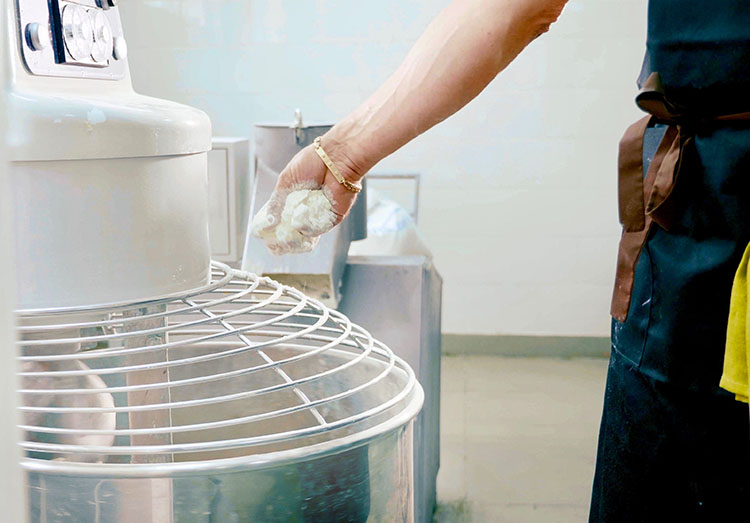
13. October 2023
By Dimitrios Argyriou, Food Scientist and Managing Director, Grainar
Bread-making is a scientific symphony of physical, chemical, and rheological processes. Beyond the apparent simplicity of mixing flour, water, and yeast lies an intricate web of molecular and mechanical changes that transform these raw materials into bread.
Dough mixing is regarded as the most crucial step in the bread making process. The primary goals of mixing are :
+ Ingredient homogenization
+ Flour hydration
+ Gluten network formation
+ Air bubble incorporation
This series of interconnected physical and chemical phenomena make mixing an indispensable step, impacting everything from dough texture to bread volume and flavor.


